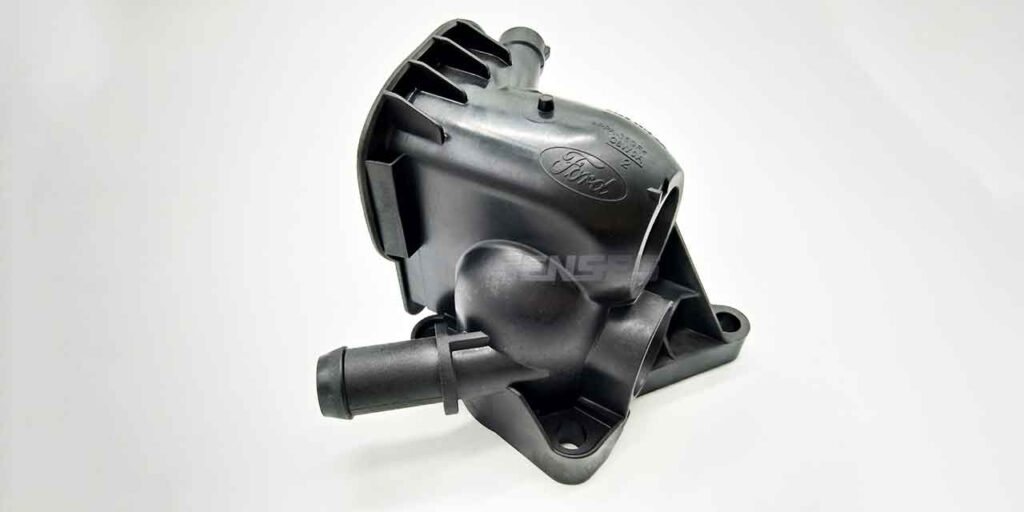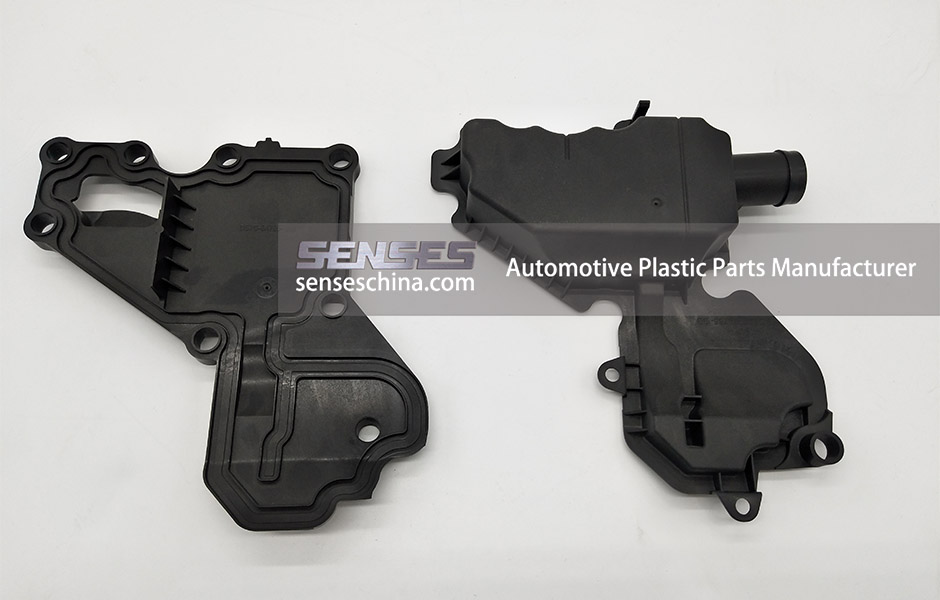When you think of cars, you might picture the sleek bodywork, the roaring engine, or even the smell of that new car scent. But have you ever stopped to consider the humble plastic part? It’s time to shine the spotlight on these often-overlooked components that play a massive role in the automotive industry.

The demand for plastics is driven by their inherent lightweight properties, which significantly contribute to the reduction of overall vehicle weight. This weight reduction is pivotal for enhancing fuel efficiency and performance, while concurrently addressing environmental concerns by lowering carbon emissions. The economic viability of plastics in production processes is another compelling factor; their cost-effective manufacturing and assembly translate to more affordable vehicles for consumers.
Moreover, the material’s malleability allows for greater design flexibility, facilitating the creation of complex components and innovative vehicle architectures that were previously unattainable with traditional materials. Plastics also exhibit remarkable durability and resistance to various environmental factors, ensuring long-term reliability and reducing maintenance costs. Furthermore, their application in noise, vibration, and harshness (NVH) reduction leads to an improved passenger experience, with quieter and smoother rides. The capacity for energy absorption in certain plastic components during collisions is an additional safety advantage, potentially mitigating the impact on vehicle occupants.
Plastic Parts: Essential Components in Automotive Design and Function

Plastic parts have become ubiquitous in the automotive industry, serving a wide array of applications that extend beyond mere aesthetics. At the core of this trend is the versatility of plastics, which can be tailored to meet the diverse requirements of vehicle components. Interior Applications include dashboards, instrument panels, door trims, and center consoles, where plastics offer design flexibility and cost savings over traditional materials. The use of plastics in these areas also contributes to weight reduction, enhancing overall vehicle efficiency.
Exterior Applications are equally significant, with plastics being used in bumpers, fenders, and body panels. These components benefit from the material’s resistance to corrosion and impact, ensuring durability and a long service life. Additionally, the process for plastic parts is more environmentally friendly compared to painting metal components, aligning with the industry’s sustainability goals.
Under-the-Hood Components represent another critical application area for plastics. Engine covers, air intake manifolds, and various fluid reservoirs are commonly made from plastics due to their heat resistance, chemical stability, and the ability to reduce engine weight. This not only improves engine performance but also contributes to the vehicle’s overall fuel efficiency.
Lighting Components such as headlight housings and tail light lenses also leverage the clarity and moldability of plastics, allowing for the creation of intricate and aerodynamic designs that enhance vehicle safety and style.
Electrical and Electronic Components, including connectors, sensors, and wiring, benefit from the insulating properties and lightweight nature of plastics, which are crucial for the safe and efficient operation of electrical systems within vehicles.
The demand for plastic parts in the automotive industry is further fueled by the rise of electric and hybrid vehicles, where lightweight materials are critical for maximizing range and performance. As automotive manufacturers continue to innovate and pursue more sustainable and efficient vehicle designs, the applications of plastic parts are expected to expand, solidifying their role as a key material in the future of automotive engineering.
Understanding Injection Molding: The Fundamentals

Injection molding is an indispensable manufacturing process employed for fabricating plastics parts from a spectrum of materials, predominantly thermoplastic polymers and, in some cases, thermosetting materials. It is characterized by its efficiency, versatility, and ability to produce complex geometries with repeatable accuracy. The fundamental principles of injection molding are as follows:
- Material Preparation: The process initiates with the selection and preparation of raw material in the form of pellets, granules, or powders. These materials are chosen based on the desired mechanical, thermal, and aesthetic properties of the final product.
- Thermal Conditioning: The material is then subjected to thermal conditioning within a heated barrel, where it is heated to a specific temperature that facilitates melting and ensures fluidity without degradation.
- Injection: Utilizing a reciprocating screw or plunger, the molten polymer is injected into a precisely engineered mold cavity. This phase requires precise control of pressure and velocity to achieve uniform filling and minimize defects.
- Mold Design and Construction: Molds are meticulously designed to reflect the part’s geometry and detail. Constructed from high-strength materials such as steel, molds are split into a core and cavity, allowing for part ejection post-solidification.
- Cooling and Solidification: Post-injection, the polymer cools and solidifies within the confines of the mold cavity. The cooling rate is critical, influencing the part’s microstructure, mechanical properties, and dimensional stability.
- Ejection: Once the part has solidified, the mold is actuated to open, and the part is ejected using mechanical means such as ejector pins or systems, ensuring part integrity during removal.
- Post-Molding Operations: Depending on the application, the part may undergo secondary operations such as gate removal, trimming, annealing, or surface finishing to achieve the desired specifications.
- Automation and Cycle Control: Injection molding is highly automated, with sophisticated control systems managing the cycle times and process parameters to ensure consistent part quality and optimize production throughput.
Customization Services
As an Automotive Plastic Parts Manufacturer, we possess a deep understanding of the properties and applications of various plastics. This expertise allows us to select the most suitable materials for different automotive parts, ensuring that each component meets its specific requirements. We are the experts who bring innovations to life with our top-notch plastic parts, contributing to the advancement of the automotive industry.
Our mission is to enhance the performance and efficiency of vehicles by creating parts that are lightweight, strong, and cost-effective. We are committed to making cars better, which is at the core of our job as an Automotive Plastic Parts Manufacturer.
Senses: Your Partner in Injection Molding Solutions

Senses is an ISO 9001:2015 certified plastic injection molding company, offering a comprehensive array of services including mold and part design, prototyping, small-batch production, and full-scale manufacturing. We serve a diverse range of industries, encompassing automotive, medical, and consumer electronics. Our focus is on ensuring each product we deliver meets the highest standards of quality and functionality.
For personalized solutions and expert consultation, reach out to us today at info@senseschina.com.





